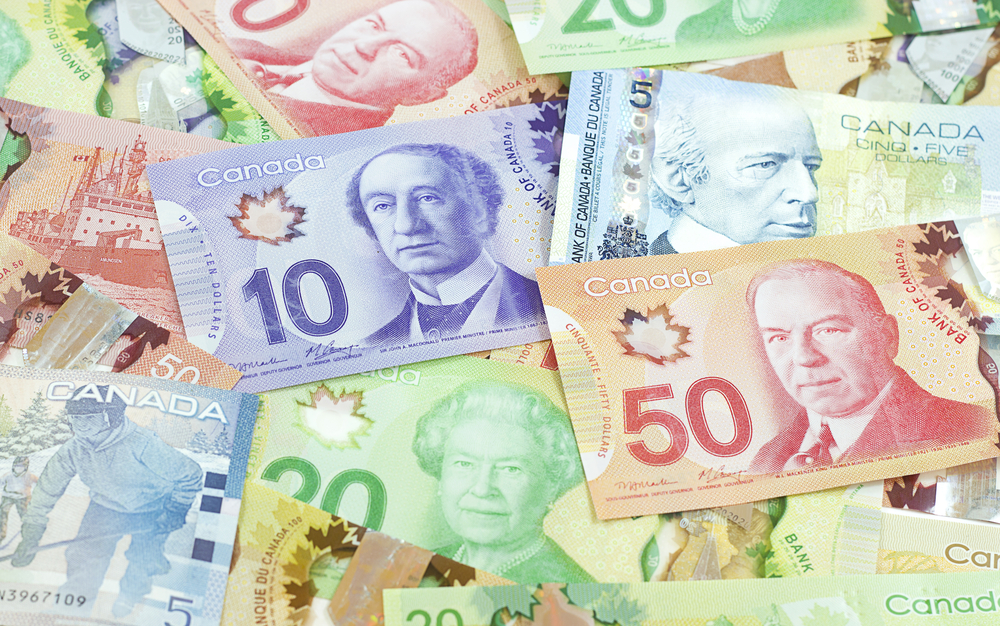
TORONTO – The Canadian dollar briefly touched the 80-cent US mark Friday morning before retreating, capping a remarkable rebound for the currency thanks to strengthening commodity prices and weakness in the greenback.
The loonie hit the 80-cent US level on the nose minutes after North American stock markets opened for trading, but then slipped back to 79.69 cents US, unchanged from Thursday’s close.
The last time the Canadian dollar closed above the 80-cent US level was on June 30, 2015, when it settled at 80.06 cents US.
Colin Cieszynski, chief market strategist at CMC Markets Canada, said the loonie has been building momentum since late January.
“It’s really staged a very impressive comeback over the last three months or so,” Cieszynski said, adding that the 80-cent US mark is a “big psychological barrier” for the dollar.
In January, the Canadian dollar was trading around the 68-cent US mark, but it has since been aided by a rally in crude prices and a decline in the U.S. dollar.
“The Canadian dollar rebound has been hand-in-hand with the rebound in crude oil,” Cieszynski said.
Sadiq Adatia, chief investment officer at Sun Life Global Investment, said monetary policy decisions by the Canadian and U.S. central banks have also boosted the loonie.
Earlier in the year, traders were expecting a rate cut from the Bank of Canada as oil prices continued to lag, Adatia said.
“When we didn’t get that rate cut, it actually lifted the Canadian dollar,” Adatia said.
The U.S. Federal Reserve had initially signalled it was planning to hike its benchmark lending rates four times this year. But it has indicated it’s now looking at fewer rate cuts than initially planned, which has hurt the U.S. dollar.
“About two to three cents of this Canadian dollar is actually coming from the fact that the Bank of Canada didn’t cut rates and the U.S. didn’t raise rates as fast as people were expecting,” Adatia said.
Cieszynski cautioned that the loonie’s recent rally is unlikely to continue much longer, especially as oil prices could soon run out of steam. He predicts the currency will either trade around its current level for some time or head for a moderate correction.
“It looks like it’s tired and getting ready for a rest here,” he said.
The S&P/TSX composite index was up 65.02 points to 13,951.45, while the June contract for benchmark North American crude oil was trading at US$45.92, a drop of 11 cents.
Earlier Friday, Statistics Canada reported that the economy contracted by 0.1 per cent in February, the first monthly decline since September, though that was in line with expectations.
“Canada’s economy is still relatively weak,” Adatia said. “I think as you continue looking forward, you’re not going to see good results coming through from a GDP perspective.”
New York was in the red, with the S&P 500 down 10.51 points to 2,065.30, the Dow Jones industrial average sliding 57.12 points to 17,773.64 and the Nasdaq composite falling 29.93 to 4,775.36.
June natural gas rose 10 cents to $2.18 per mmBtu, while June gold gained US$24.10 at US$1,290.50 per ounce and July copper was up five cents to US$2.28 a pound.